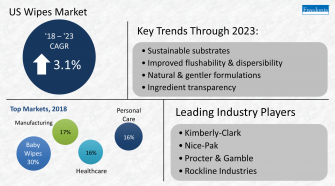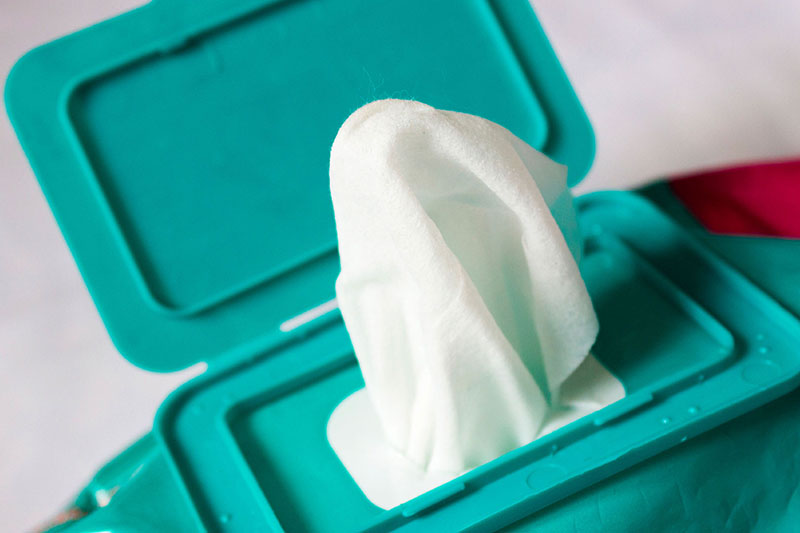Wipes

Mixed messages – the UK is at odds with the rest of Europe once again, this time over flushability
The further development of plastic-free and flushable products will be key themes at INDA’s World of Wipes (WOW) 2020, which will now be an all-virtual event Aug. 24-27. For my …

Global perspectives on the challenges, opportunities and lessons learned from COVID-19
In light of the ongoing coronavirus (COVID-19) pandemic and the supply chain challenges this global emergency has presented for the manufacture of critical nonwoven-intensive products, such as personal protective equipment …

Wipes in the age of COVID-19
Fibers are the basis for a nonwoven wipe. Whether it be staple fiber or a continuous fiber – fibers are the heart of the wipe, as they dictate key physical …

Demand for wipes in healthcare settings to increase 3.8% annually
Demand for wipes used in healthcare settings is expected to increase 3.8% per year to $594 million in 2023, according to a new report. Gains will be driven by robust …

Dispersible decisions
The market for disposable wipes based on nonwoven fabrics is currently very healthy and not least, that for flushable products that has gained momentum over the past decade.
It has been estimated that about 1,335,000 tons of nonwoven fabric will be consumed by the wipes manufacturers in 2016. Of this figure, 580,000 tons will be produced in Asia, 414,000 tons in NAFTA and 341,000 tons in Europe. CAGR is an overall 8%, but 14% in Asia.

